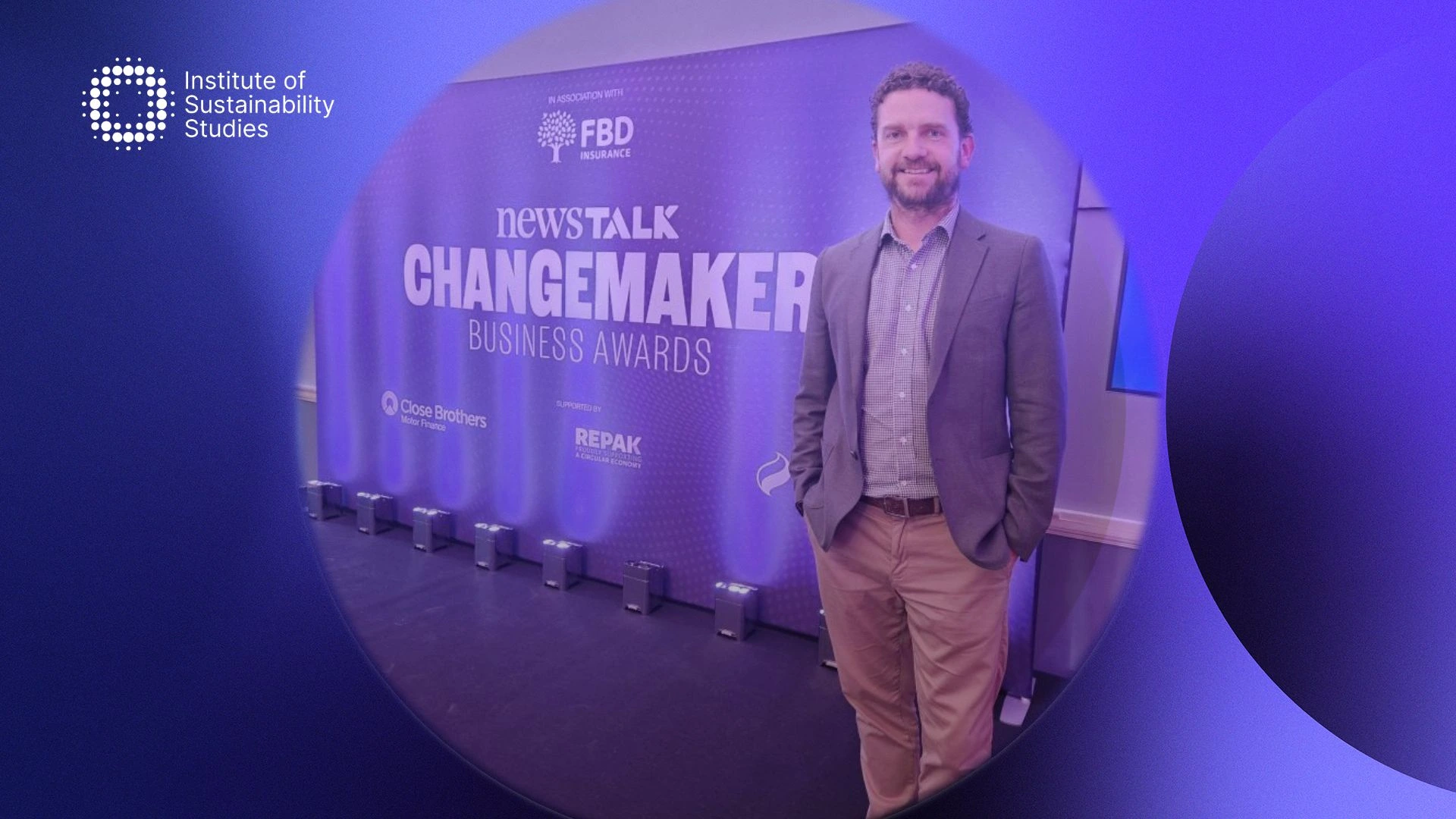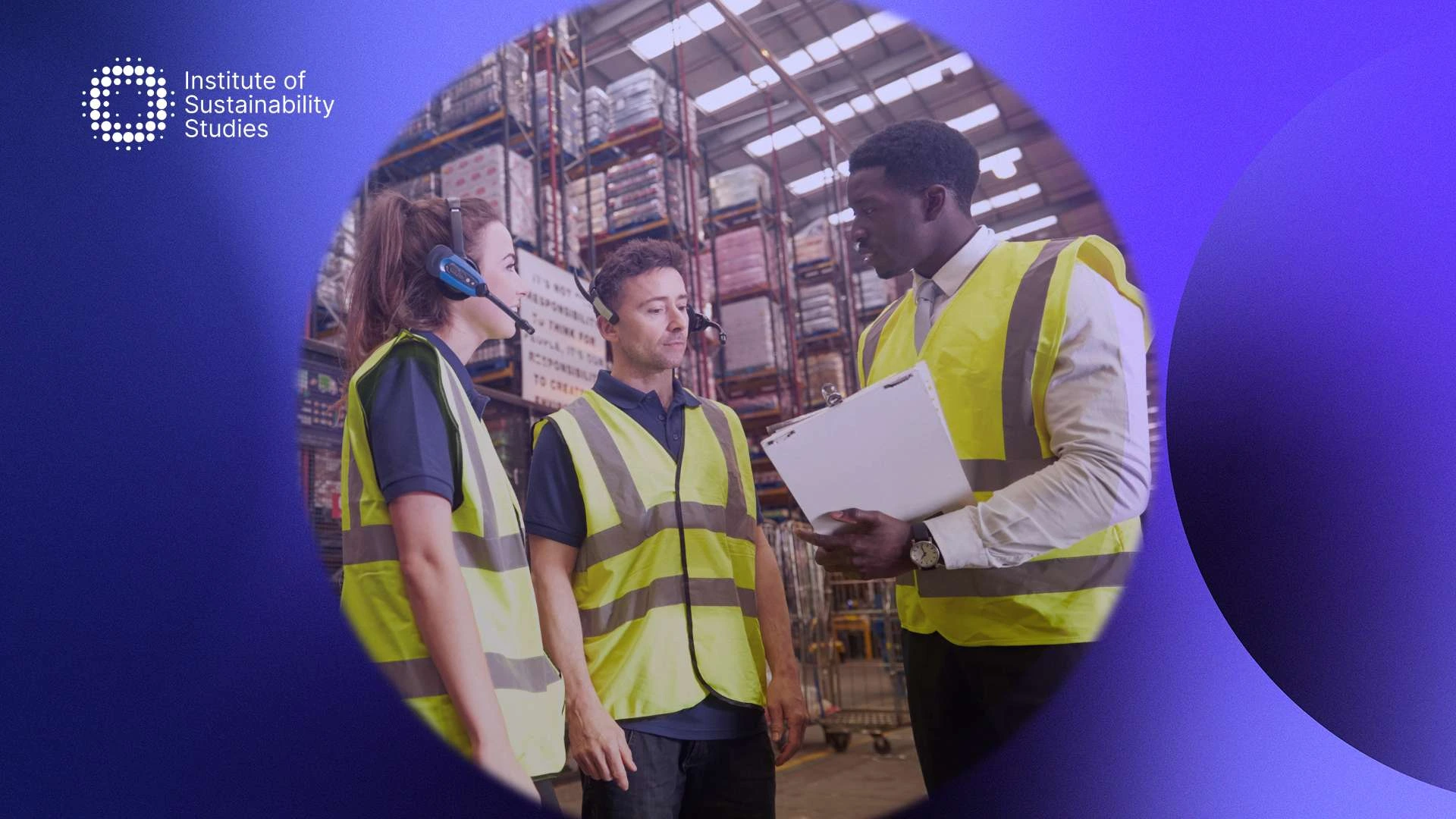Businesses have an essential role to play in reducing greenhouse gas emissions. They are responsible, whether it be directly or indirectly, for most of the world’s greenhouse gas emissions. Therefore, they must play their part in helping us keep worldwide temperatures below 1.5 degrees Celsius. The Science-Based Target Initiative (SBTi) will help businesses achieve these targets through resources, guidance, and validation. In addition, they can help us transition to a resilient, net zero economy grounded in science. Moreover, there are a lot of other economic benefits for companies that set these targets. Its adoption has become increasingly mainstream, with prominent entities like Arsenal Football Club recently securing SBTi certification, underscoring the initiative’s growing influence across diverse industries. Keep reading as we dive deeper into the SBTi.
About the Science-Based Target Initiative
The Science-Based Target Iniative (SBTi) is a partnership between CDP, World Resources Institute (WRI), the United Nations Global Compact, and the World Wide Fund for Nature (WWF). The Science Based Target Initiative mobilises businesses to set science-based targets and increase their competitive advantage in the move to a low-carbon economy.
Essentially, this initiative details and encourages best practices in science-based target setting. Moreover, it provides guidance and resources to remove limitations to adoption. The SBTi also independently assesses and approves these targets to drive ambitious corporate climate action. Businesses that set these targets can avail of opportunities for innovation and increase their competitiveness.
Additionally, they improve their reputation and brand image and can get ahead of the curve concerning future climate legislation. The targets must also take scopes 1 and 2 of the Greenhouse Gas Protocol Standard into account. A company’s targets need to focus on emissions reductions within its own value chain. These science-based targets have become the global standard for companies setting emission reduction targets.
Introducing the Net-Zero Standard Version 2.0
In early 2024, the SBTi released its Net-Zero Standard Version 2.0—a major update refining how companies define and achieve net-zero emissions. The new draft standard provides a clearer framework for aligning long-term reduction pathways with the 1.5°C goal, strengthens expectations on Scope 3 emissions, and introduces more robust criteria for residual emissions and neutralisation strategies.
This update gives businesses sharper tools to ensure their decarbonisation plans are credible, science-aligned, and compatible with global net-zero goals. It also responds to evolving stakeholder demands for transparency and accountability in corporate climate action. You can explore more on this in our in-depth breakdown of the Net-Zero Standard 2.0.
How the Science-Based Target Initiative Works
Setting science-based targets are crucial and are relatively simple to do. Science Based Targets summarise it into a five-stage process.
1. Commit to your target
You will first need to commit to your target by registering online. Businesses that want to set a science-based target must also submit the standard commitment letter. If you are an SME, you can skip this step and move on to step 3, as SMEs are defined as independent, non-subsidiary companies with less than 500 employees.
2. Develop your target
After you have committed to your target, it is time to develop your target. You should do this according to the SBTi’s criteria. Businesses have 24 months from when they sign the commitment letter to submit their target. You can also use SBTi’s resources and tools to help you achieve your target.
3. Submit your target for validation
The next step is to submit your target for validation by the SBTi. You can find the relevant forms on the Science Based Targets website. Additionally, you will need to book your validation through the online booking system.
4. Communicate with your stakeholders and announce your target
After your target has been approved, the SBTi will publish it on their websites. They publish targets one month following approval. From this point, your business will receive a welcome pack with advice on announcing your target.
5. Track and share your progress
Finally, you should share your company’s emissions annually and monitor your progress in achieving your target.
Summary
The SBTi offers businesses a clearly defined pathway to future-proof growth by identifying how quickly and how much they need to reduce their emissions. Companies create most of the world’s emissions, so they have a huge role in curbing greenhouse gas emissions. Science-based target setting acts as a call to action for businesses to step up to the climate crisis.
For more information on Science-Based Target Initiative (SBTi), check out some of our upcoming start dates for the online business sustainability course for professionals.










